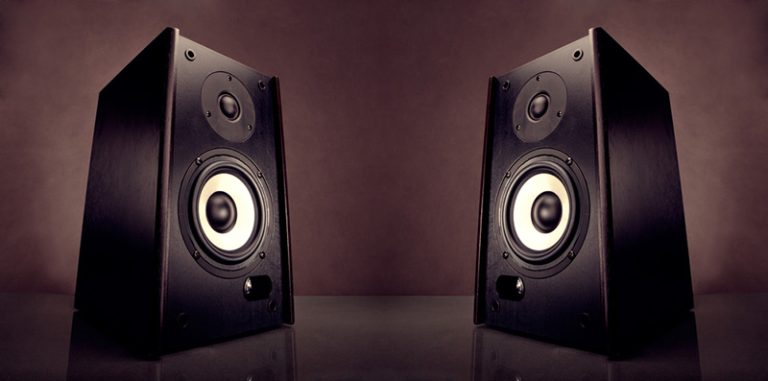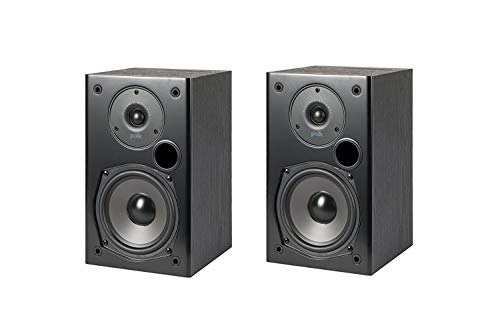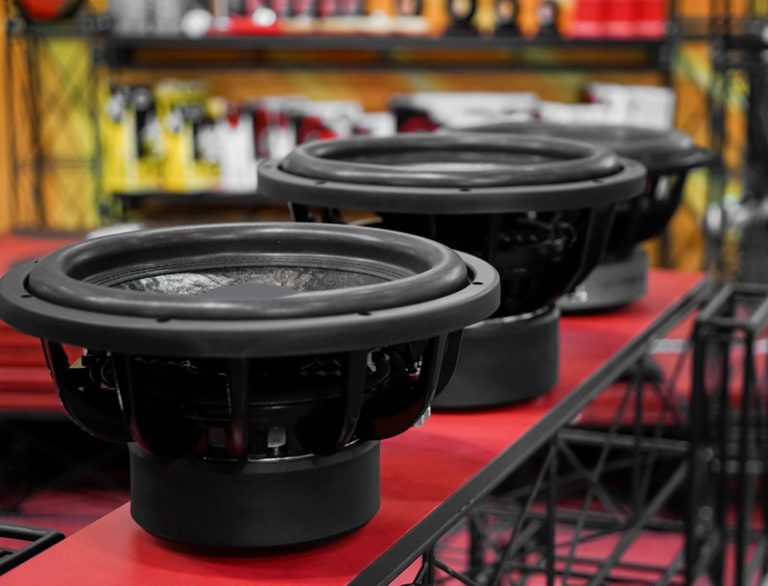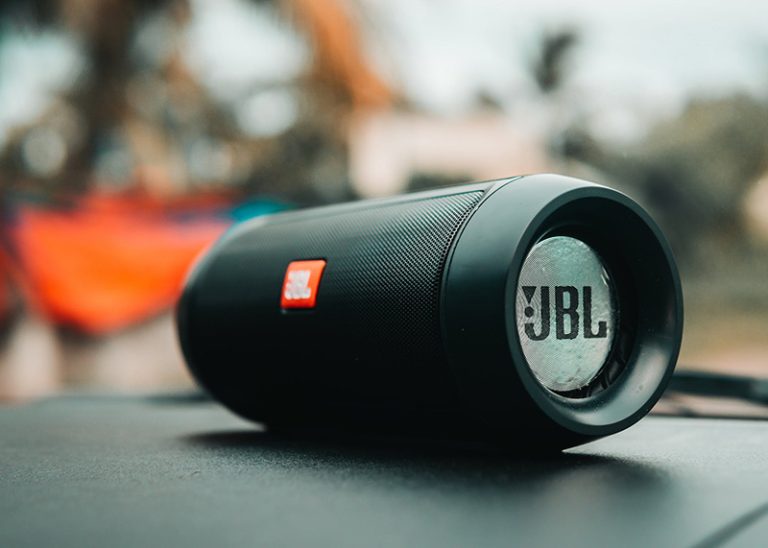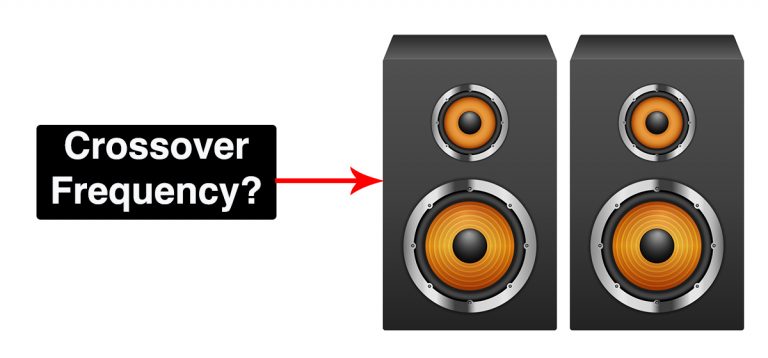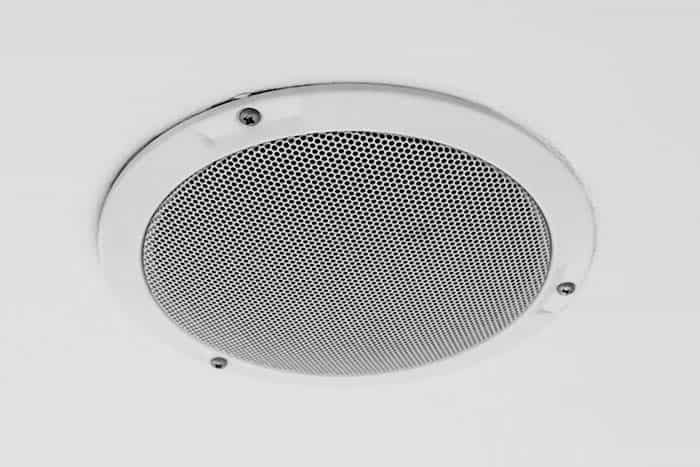How To Fix Muffled Sound From Speakers
It can be frustrating to wire up a whole speaker system for your home or car and turn it on and realize the sound is muffled. If you don’t know where to look, finding the source of the issue can be a frustrating process. How do you fix muffled sound from speakers?
Here’s how you can fix muffled sound from speakers:
- Use high-quality wiring.
- Use shielded speakers.
- Open your speakers to remove dirt.
- Move your speakers to a more optimal location.

In this article, I’ll be detailing what can cause speakers to sound muffled, how to fix it, and how to improve the sound quality of your speakers.
Also read: How To Set a Good Crossover Frequency for Speakers
How Speaker Sound Gets Muffled or Distorted
When your speaker system is working as intended, the speakers are evenly pushing sound to every listening position in the area, so every listener in a room can get the same experience.
Whether you’re watching action movies or listening to music, you want the best quality audio experience that allows you to appreciate the media’s finely crafted sound.
But speakers are machines, and they can fail or have faults. Speakers can produce muffled sound for a variety of reasons, though there are some main places to look first. If the most obvious places aren’t the culprit, you’ll have to keep looking until you find the source of the disturbance.
Using Your Receiver’s Default Settings
This is usually the first place you want to check when your speakers’ audio is muffled. Settings can be accidentally changed, which will make your carefully tuned speakers spew out unbalanced and muffled crap.
Before looking at the wiring or anything else, turn off your entire system and inspect each setting on the audio receiver or external amp.
It’s virtually impossible to tell you what settings could be the culprit without knowing your home theater or car stereo setup – varying numbers and types of speakers need different types of settings.
I’d recommend researching what receiver settings are ideal for a system with your number of speakers and amps.
A very common issue is using default settings. Receivers usually have a preset default setting that may not accurately reflect the number of speakers you have. This can cause the receiver to try and incorrectly distribute the audio needs of the system.
Default settings that assume you only have one subwoofer will make your second sub, for example, perform incorrectly.
Your Speakers Could Be Blown
If you wire a blown or damaged speaker into a system with others, it’ll cause all sorts of havoc.
If there’s only minor internal damage, the speaker may not play with all its drivers, or it won’t play what it’s supposed to. A blown sub, for example, would make your system unable to play the bass you’d expect from your setup.
At quiet volumes, blown speakers will seem quiet or muffled. When the volume gets turned up, distortion becomes apparent quickly: crackling, unnatural booming, and other sounds that are ‘off.’
If you aren’t familiar with distortion, play a favorite song you know very well – any sounds not in your song coming from the speaker could be distortion.
Other than muffled sound, blown and damaged speakers typically emit some form of distortion. To check, turn the chosen speaker up and listen for signs of distortion.
If the speaker is still playing but has distortion, you can try to play with the bass and treble on its channel – if that doesn’t work, there’s probably a blown driver. Unfortunately, blown drivers and speakers aren’t fixable.
Poor or Damaged Wiring
Poorly wired speakers can be a reason speakers emit muffled audio. It could be that you moved your setup and accidentally wired the speakers backward – speakers out of phase will sound muffled and bad.
Moving speaker systems can also damage the delicate wiring and circuitry holding the system together.
Wires that get stripped can introduce noise to the speakers, making them seem muffled or distorted. A loose connection to your power source can also create this effect.
Wiring speakers in series or phase can be tricky at first. You need to ensure that the first speaker in a series, for example, is connected to the external amp via its positive, red, or + terminal.
The amp sends this signal to the first speaker, which you then wire to the other speakers in order. The final speaker in a series connects back to the amp via its negative, black, or – terminal to complete the series.
If any of the speakers deviates from this, the sound won’t be correct. You could hear whispery, weak, or muffled sounds, or speakers may not play at all.
If you just moved your system and find that it’s not out of phase, it’s time to unwire whatever’s sounding bad.
It’s essential that you use a fresh length of speaker wire because it’s possible that your wire got damaged at some point. If the new speaker wire doesn’t fix the issue, it could be an internal problem.
Blown speaker drivers will create muffled audio when the remaining drivers have to try and compensate for the missing driver, for instance. Another possible internal issue is loose solder joints at crossovers, which cause the crossovers to not kick in the way they’re supposed to.
Your Speakers Have Dirt and Other Material
Over time, stuff like dirt and dust can get into speakers. An accumulation of this foreign material can interfere with the electrical components of the system and cause distorted sound, including muffling.
Thankfully, this kind of accumulation is very rare, most common in arid, dusty environments. Car stereos also tend to experience this problem more often than home theater systems because they move and are exposed to the outdoors more frequently.
Poor Acoustics or Obstructions
A less obvious problem that can cause speaker muffling is the room. Especially when moving speakers to a new location, finding a good balance of space and listener proximity can be difficult.
Smaller rooms, especially, aren’t as good for acoustics and won’t give as good a listening experience as a bigger room.
Obstructions blocking your speakers can also be a cause of poor and muffled sound. Big blockages between the listener and the speakers can give a false impression of muffled sound when there isn’t actually an issue with the speakers or system.
How To Fix Muffled Sound From Speakers

If you take some time to prepare your speaker system, you can reduce the chances of muffled sound or other distortion from plaguing you in the future. These tips are fairly simple precautions any owner of a speaker system should be aware of to take care of their speakers.
1. Use High-Quality Wiring
If you cheap out and get the most inexpensive speaker wiring available, chances are that you’ll face issues down the road. Cheap wiring is more prone to stripping, damage, and coming loose on terminals.
You don’t have to get fancy gold-plated wire or anything, but consider opting for a step or two up from the cheapest options.
Speaker wire that’s advertised as ‘shielded’ is a good choice that prevents external interference. These days, having nearly anything electronic near a speaker system can introduce noise to that system: computers, monitors, power cables, etc. This can be inhibited by using shielded speakers or wire.
2. Use Shielded Speakers
If your speakers aren’t shielded, they can suffer from noise introduced from external power systems: power cables and other electronics as mentioned above are the most common causes.
Cheap speakers aren’t usually equipped with shielding inside them to prevent this kind of interference. Look for shielded speakers to ensure you won’t suffer from noise or distortion from external sources.
3. Open Your Speakers To Remove Dirt
As mentioned, your speakers can accumulate dirt and other foreign material that could cause muffled and distorted sound.
Here’s what you can do to fix this:
- Take a can of compressed air and open up your speakers. Carefully spray the inside, and be prepared for dust and dirt to come out; consider covering your eyes, mouth, and nose while doing this.
- Use a hand vacuum to clean up whatever comes out, but don’t use vacuums in speakers. Using a powered device like a hand vac in a speaker can cause static electricity to short out the system, which is extremely rare but possible.
4. Move Your Speakers to a More Optimal Location
If you’re in doubt of whether the speaker position could be the issue causing the muffled sound, try moving it to a more open area of the room.
Subwoofers need space behind them as well as in front to operate at full capacity. If the sub can’t pull in air from behind it to play, the sound will be weak and muffled.
If a sub isn’t performing correctly, try moving it away from any walls or furniture in its immediate proximity.
Walls can exaggerate the bass of a speaker and make it seem more bassy, but it can also cause a muffled effect.
Wrapping Up
Muffled sound on your speaker systems is very irritating, but it’s not unfixable. With a little persistence and careful observation, you can spot the problem causing your speakers to sound muffled or ‘off.’
